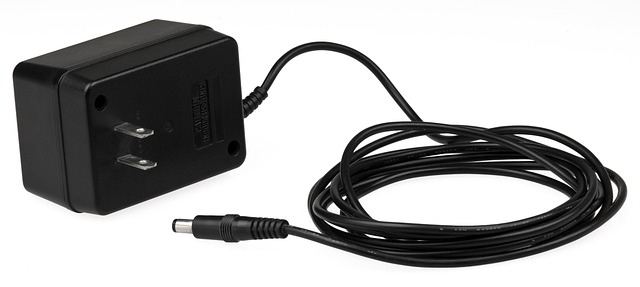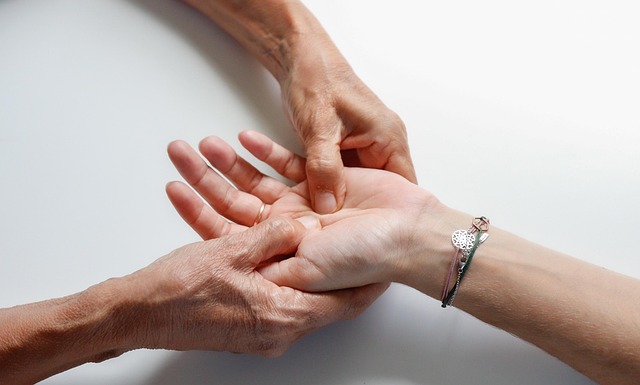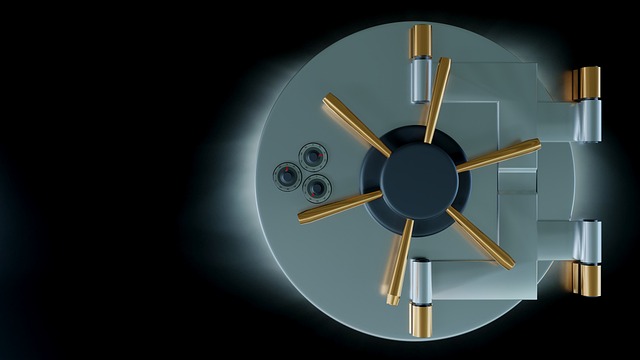Safe wart removal times vary by type, size, location, and method. Patch treatments or private procedures take weeks to months for complete elimination, while over-the-counter medications offer faster relief. Prescription treatments are more potent but require longer timelines. Individual immune systems and wart characteristics impact effectiveness. Common techniques include cryotherapy, salicylic acid, and surgical excision, with professional services offering specialized treatment options. Monitor progress regularly; if no improvement after 2-3 months, seek alternative safe wart removal techniques from a healthcare provider.
“Unsure about the timeline for visible results after trying to remove a wart? This guide breaks down everything you need to know. From understanding typical wart removal timeframes to identifying factors that can influence results, we explore what to expect.
Learn about safe wart removal techniques and their efficacy, and discover how to monitor your progress effectively. We’ll also help you recognize when it’s time to seek medical assistance for your wart concerns.”
- Understanding Wart Removal Timeframes
- Factors Influencing Result Appearance
- Safe Techniques and Their Efficacy
- Monitoring Progress: When to Seek Help
Understanding Wart Removal Timeframes

Understanding Wart Removal Timeframes
When considering safe wart removal techniques, it’s important to set realistic expectations. The time it takes for warts to disappear can vary greatly depending on several factors, including the type of wart, its size and location, as well as the chosen treatment method. Generally, simple, effective patch treatments or private wart removal procedures in Doncaster can show visible improvements within a few weeks. However, complete elimination may take up to several months.
Each safe wart removal technique has its own timeline. For instance, over-the-counter medications might provide faster relief with easier application, while prescription treatments could be more potent but also require more time and adherence to instructions. It’s crucial to follow the treatment plan recommended by your healthcare provider or dermatologist to ensure optimal results. Remember that patience is key when it comes to wart removal, as rushing the process could lead to complications or unsatisfactory outcomes.
Factors Influencing Result Appearance

The appearance of results after a wart removal treatment can vary based on several factors. One of the primary influences is the individual’s immune system. Just like any other foreign invader, warts are recognized and fought by the body’s natural defense mechanism. A safe wart removal technique that suits one person might not yield immediate results for another due to this variable.
Another significant factor is the location of the warts on the body. Warts on more sensitive areas, like the face or genitals, may take longer to disappear compared to those on less delicate skin. For instance, treating warts on the forehead or private areas in Cheltenham or Essex Colchester might require a different approach due to these locations’ unique characteristics. The type of wart is also crucial; common warts and flat warts can have varying response rates to treatment.
Safe Techniques and Their Efficacy

When it comes to safe wart removal techniques, there are several options available that have proven effective for many people. It’s important to remember that warts are caused by a virus and their removal isn’t always immediate. The most common and safe methods include cryotherapy (freezing), salicylic acid, and surgical excision. Each has its own effectiveness rates; for instance, cryotherapy is often successful in one to three treatments, while salicylic acid can take several weeks or months of regular application.
Choosing a private wart removal service like those offered in Bolton, Merseyside St-Helens, or Leeds can provide an additional layer of safety and comfort. These professionals are trained to handle warts with precision and care, minimising the risk of infection or scarring. They also offer personalised treatments tailored to the type and severity of your wart, ensuring a more effective removal process. Safe techniques not only get rid of warts but also help prevent their return, giving you lasting relief.
Monitoring Progress: When to Seek Help

Monitoring your progress after choosing a safe wart removal technique is crucial to ensure effective results. Most over-the-counter options, including fast-acting topical treatments, take several weeks or even months to completely eliminate warts on fingers and toes. It’s important to be patient during this time, as it may take some experimentation to find the best approach for your body. Regularly check the affected areas, looking for any changes in size, shape, or appearance of the wart.
If, after a reasonable period (typically 2-3 months), you don’t notice any improvement, or if the wart begins to spread or cause discomfort, it may be time to seek professional help. A healthcare provider in the West Midlands, Wolverhampton, can offer alternative safe wart removal techniques and provide guidance tailored to your specific situation.
When it comes to seeing results from wart removal, there’s no one-size-fits-all answer. Understanding the potential time frame and factors influencing outcomes is key. While some safe wart removal techniques may show improvements within weeks, complete elimination can take several months. Regular monitoring is essential, and if warts persist or cause discomfort, consulting a healthcare professional is advisable. Choosing a reputable provider who employs effective, safe wart removal techniques can significantly enhance your chances of achieving positive, long-lasting results.
